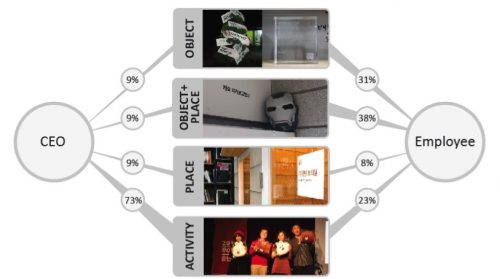Cup crush
How many cups of coffee do you drink a day? Nowadays, it easy to find people holding a cup of coffee in your surroundings. Coffee has become a commodity in our lives. However, as demand for coffee has increased, it also increased the number of disposable cups. This causes trash bin to be over floated which leads to environmental problems. For these reasons we planned to make a new product for environmental protection. And we focused on reducing the amount of trash.

Well, there are various ways to reduce waste. For example, we could increase the number and volume of trash bin. Or we could also try to reduce the size of trash. However, we think it is most effective to decrease the volume of trash. It’s because it has spatial limitations as we increase the size of trash bin, and also it can’t solve essential environment issues. But in contrast, reducing the volume of trash has many great benefits.
As a solution to minimize the volume of the coffee cup, we came up with the idea of paint bucket. It is effective to reduce the volume of the cup. If you simply press the top and bottom part of the cup, you can reduce more than one third of the volume. This product is more effective than the existing products because the existing products require more force and once it is squashed, it seems that there is not a huge difference in terms of volume. Furthermore, our differentiated design may provide freshness to customers. Not only that, it arouses a trend of participating in an event of reducing trash which leads to saving environment.
Our main targets are both individuals who sell coffee and who drink coffee. From the perspective of cafe owner it allows them to keep their cafe clean and reduce the cost of refuse disposal by reducing the amount of trash. From the perspective of people who drink coffee, customer can give such positive effect that has been mentioned. Also, our product can create social trend that has image of protecting environment by reduction of trash. Social trend involves meaning that each and everyone will try to reduce the amount of rubbish like a campaign.
It is common sense that social trend like this which is protecting environment is healthy. However, crushing the empty cup could be tiresome for somebody. Therefore, we would like to put small sentence or character to attain user’s interest to encourage crush the cup. When the cup is completely crushed, new picture or sentence can arouse people’s interest.
In other words, by launching “Cup Crush”, It will drive a lot of benefit for not only just coffee seller and coffee buyer, but society also.
Written by Bohee Cheong, Donghui Kim, Hyuntaek Lee, Wonjoon Cheong, and Yan He | New Product Development 2016 Spring | College of Business Administration, Kookmin University
https://youtu.be/ShfjRbjX9lU












 Although Make up stain is classified into temporary stains, it is still hard to be removed as cosmetic is composed with complex chemicals. We have found many people online looking for reactive solutions to remove the makeup stain and sharing the solutions with others. After surveying 70 women, we have realized that every one of them has experienced makeup stain on the shirt and they wished they had a product that can prevent. Out of all the opportunities we have come up with, “Stain Free” was evaluated by RWW Chart as the most feasible with the greatest competitive advantages and it was financially prospective. However, the result was not over “108”, therefore we were still required to improve our opportunity based on the customer’s need. We found the product called “Face Cover” as our potential competitor. However, we also found a number of disadvantages of the product from the reviews on the internet as well as the 1 on 1 interview we conducted. As well, we have drawn a couple of personas with two different life-styles in order to figure out how “Stain Free” will adapt on our customer’s daily life. Eventually, it was clear to see that customers demand the convenient, market available, and affordable product.
Although Make up stain is classified into temporary stains, it is still hard to be removed as cosmetic is composed with complex chemicals. We have found many people online looking for reactive solutions to remove the makeup stain and sharing the solutions with others. After surveying 70 women, we have realized that every one of them has experienced makeup stain on the shirt and they wished they had a product that can prevent. Out of all the opportunities we have come up with, “Stain Free” was evaluated by RWW Chart as the most feasible with the greatest competitive advantages and it was financially prospective. However, the result was not over “108”, therefore we were still required to improve our opportunity based on the customer’s need. We found the product called “Face Cover” as our potential competitor. However, we also found a number of disadvantages of the product from the reviews on the internet as well as the 1 on 1 interview we conducted. As well, we have drawn a couple of personas with two different life-styles in order to figure out how “Stain Free” will adapt on our customer’s daily life. Eventually, it was clear to see that customers demand the convenient, market available, and affordable product.




 … This company (
… This company ( … We collected leadership cues from two parties, the CEO and employees, and then mapped them onto
… We collected leadership cues from two parties, the CEO and employees, and then mapped them onto 





